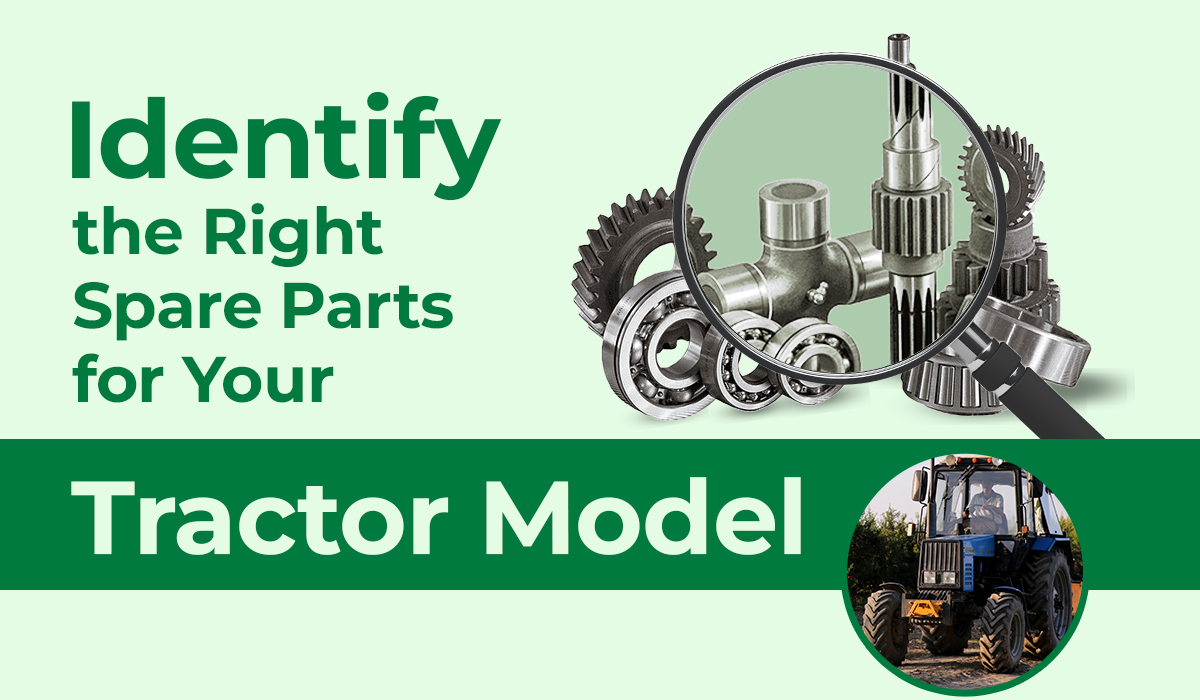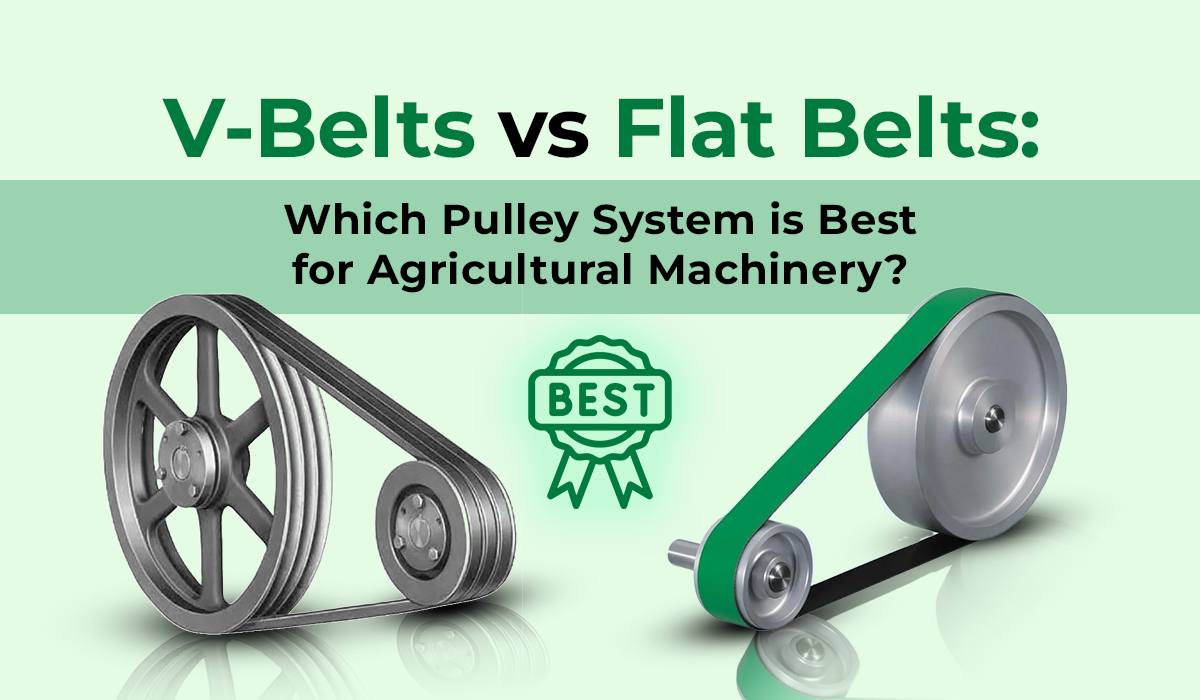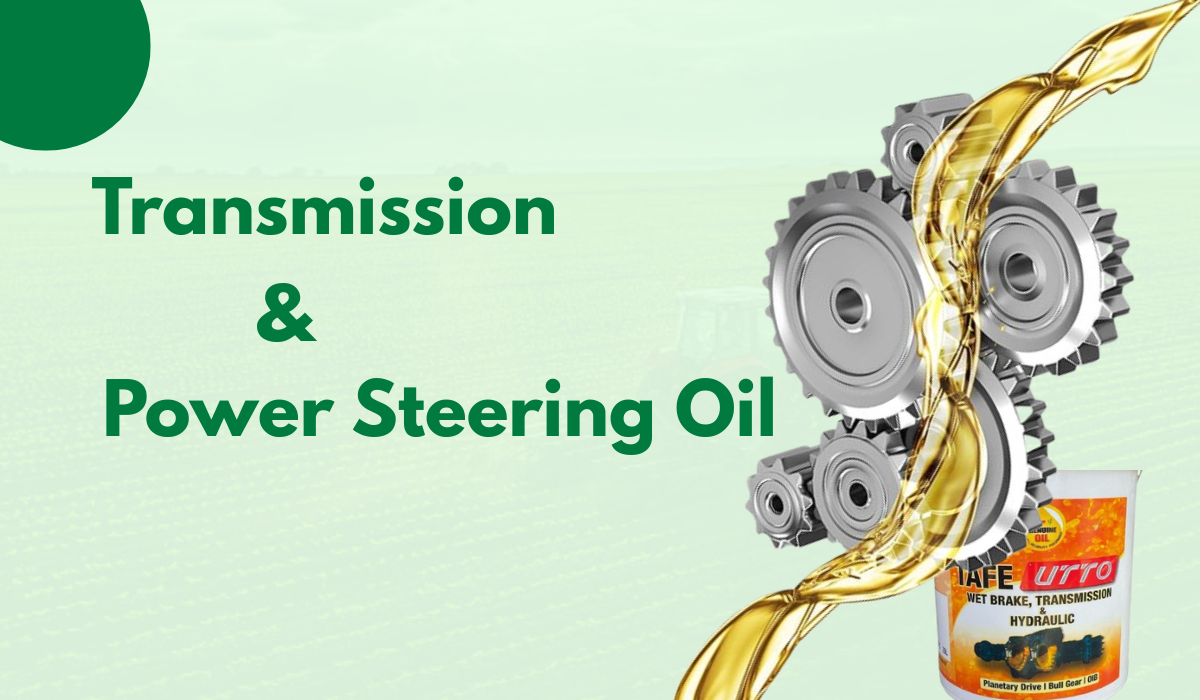Learn how transmission gears shafts boost tractor performance, fuel efficiency, and reliability. Explore premium-quality tractor parts from Gropart.
How Smart Farming Technology Reduces Costs and Increases Efficiency
New Techniques in Agriculture
Data-Driven Decision Making-
IoT Devices and Sensors: Sensors monitor soil moisture, nutrient levels, weather conditions, and crop health in real-time, enabling farmers to make informed decisions about irrigation, fertilization, and pest control.
Benefits:
- Minimizes waste by targeting resource application.
- Reduces labor costs and energy usage.
- Enhances productivity by tailoring inputs to field-specific needs.
Automated Farming Equipment
Automation and Robotics-
Autonomous Machinery: Self-driving tractors and harvesters reduce the need for manual labor while performing tasks more consistently.
- Drones: Drones equipped with cameras and sensors can survey large areas, identify issues, and even apply treatments such as pesticides or fertilizers with precision.
- Agri-Bots: Robots are used for planting, weeding, and harvesting, reducing time and effort.
Benefits:
- Cuts operational costs.
- Improves accuracy and efficiency in farm operations.
- Enables 24/7 productivity.
Climate Smart Agricultural Practices
- Variable Rate Technology (VRT): This allows for the precise application of water, fertilizers, and pesticides, ensuring sustainable use of resources.
- Controlled Environment Agriculture (CEA): Techniques like vertical farming and hydroponics use smart systems to optimize water, light, and nutrient delivery.
Benefits:
- Protects the environment by reducing resource overuse.
- Supports long-term soil health and biodiversity.
- Lowers input costs and boosts crop resilience.
Innovation in Agriculture Technology
Automation and Robotics-
- CRISPR and Genetic Editing: Enhances crop traits such as drought resistance, pest resistance, and nutritional value.
- Bioinformatics: Analyzing genetic data to develop better crop varieties.
- Smart Irrigation Systems: Automatically adjust water levels based on real-time weather and soil data.
Benefits:
- Increases crop yields and quality.
- Reduces the risk of crop failure.
- Supports adaptation to climate change.
Modern Agriculture Techniques
Vertical Farming-
Overview: Vertical farming involves growing crops in vertically stacked layers, often in controlled indoor environments.
- Techniques:
- Hydroponics: Growing plants in nutrient-rich water instead of soil.
- Aeroponics: Plants are suspended in air, with nutrients delivered via mist.
- LED Lighting: Optimized light spectra for photosynthesis.
- Benefits:
- Uses less land and water.
- Allows year-round farming in urban areas.
Reduces transportation costs by growing near consumers.
Organic Farming: Avoiding synthetic chemicals and relying on natural processes.
- Biofertilizers and Biopesticides: Leveraging microorganisms to promote plant growth and protect against pests.
- Drip Irrigation: Delivers water directly to plant roots, minimizing waste.
- IoT-Based Irrigation: Sensors and weather data optimize water usage in real-time.
- Benefits:
- Conserves water.
- Reduces energy costs.
- Ensures crops receive optimal hydration.
- Solar Panels: Power farm equipment and irrigation systems.
- Wind Turbines: Generate electricity for farm operations.
- Biogas: Converts agricultural waste into energy.
- Benefits:
- Reduces energy costs.
- Lowers carbon footprint.
- Promotes sustainability.
 English
English

-1.png)


